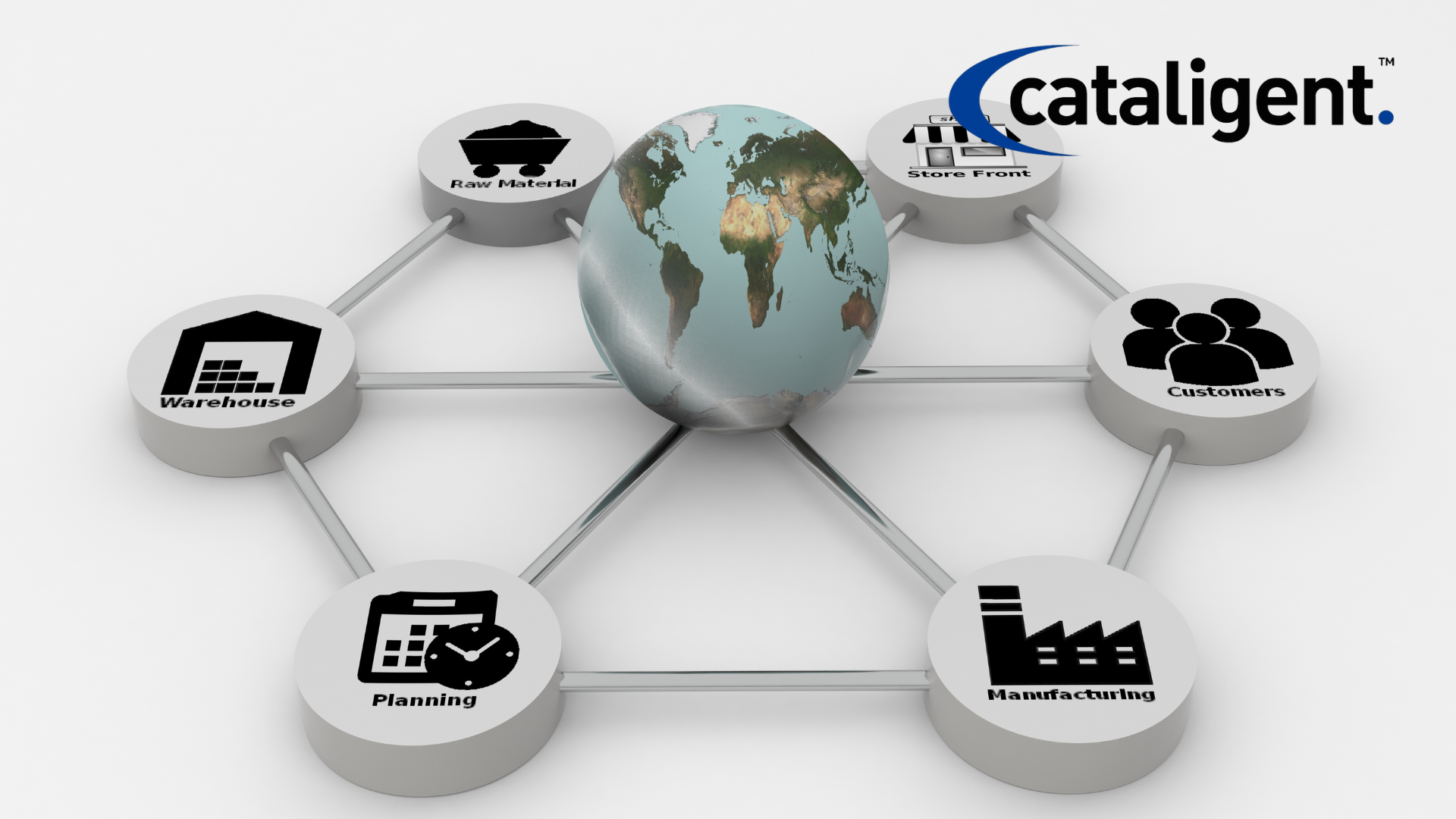Introduction
Supply chain optimization is critical for businesses aiming to improve efficiency, reduce costs, and enhance customer satisfaction. Key strategies include demand forecasting, supplier consolidation, and reverse logistics, each contributing to a more streamlined and cost-effective supply chain.
Demand Forecasting: Enhancing Accuracy in Planning
Accurate demand forecasting enables businesses to align inventory levels with actual market needs, reducing overstock or stockouts.
Strategies for Effective Demand Forecasting
- Predictive Analytics
- Utilize machine learning and AI-driven tools to analyze historical sales data and market trends.
- Improve demand accuracy by incorporating real-time consumer behavior insights.
- Integration with Supply Chain Systems
- Synchronize demand planning with production and inventory management software.
- Ensure seamless communication between departments for proactive decision-making.
- Scenario Planning
- Prepare for demand fluctuations by modeling various market scenarios.
- Develop contingency strategies to minimize disruptions in supply chain operations.
By leveraging demand forecasting, businesses can optimize inventory levels, reduce carrying costs, and enhance service reliability.
Supplier Consolidation: Reducing Costs and Strengthening Partnerships
Reducing the number of suppliers while building strong relationships with key vendors leads to better pricing, improved quality, and streamlined operations.
Benefits of Supplier Consolidation
- Cost Savings Through Bulk Purchasing
- Negotiate bulk discounts and favorable contract terms by consolidating purchases with fewer suppliers.
- Reduce administrative and procurement costs associated with managing multiple suppliers.
- Improved Supplier Relationships
- Strengthen partnerships with key suppliers for better collaboration and reliability.
- Gain access to supplier innovations and customized solutions.
- Streamlined Operations and Reduced Complexity
- Reduce logistics and operational inefficiencies by working with fewer vendors.
- Standardize components and materials to simplify procurement processes.
Supplier consolidation enhances supply chain stability, minimizes costs, and fosters long-term strategic partnerships.
Reverse Logistics: Maximizing Value from Returns
Effective reverse logistics ensures that returned products are managed efficiently, reducing waste and recovering value.
Key Components of Reverse Logistics
- Efficient Returns Processing
- Implement automated return management systems to expedite processing.
- Reduce losses by reselling, refurbishing, or recycling returned products.
- Sustainability and Waste Reduction
- Develop eco-friendly disposal and recycling strategies to minimize environmental impact.
- Collaborate with suppliers to create sustainable packaging and return solutions.
- Cost Recovery Strategies
- Resell returned products through secondary markets or refurbished goods programs.
- Implement return policies that balance customer satisfaction and cost control.
By optimizing reverse logistics, businesses can enhance sustainability, recover value, and improve customer experience.
Conclusion
Supply chain optimization through demand forecasting, supplier consolidation, and reverse logistics drives efficiency, cost savings, and sustainability. Companies that adopt these strategies can improve inventory management, reduce procurement complexities, and maximize value from returned goods, ensuring a resilient and competitive supply chain.

